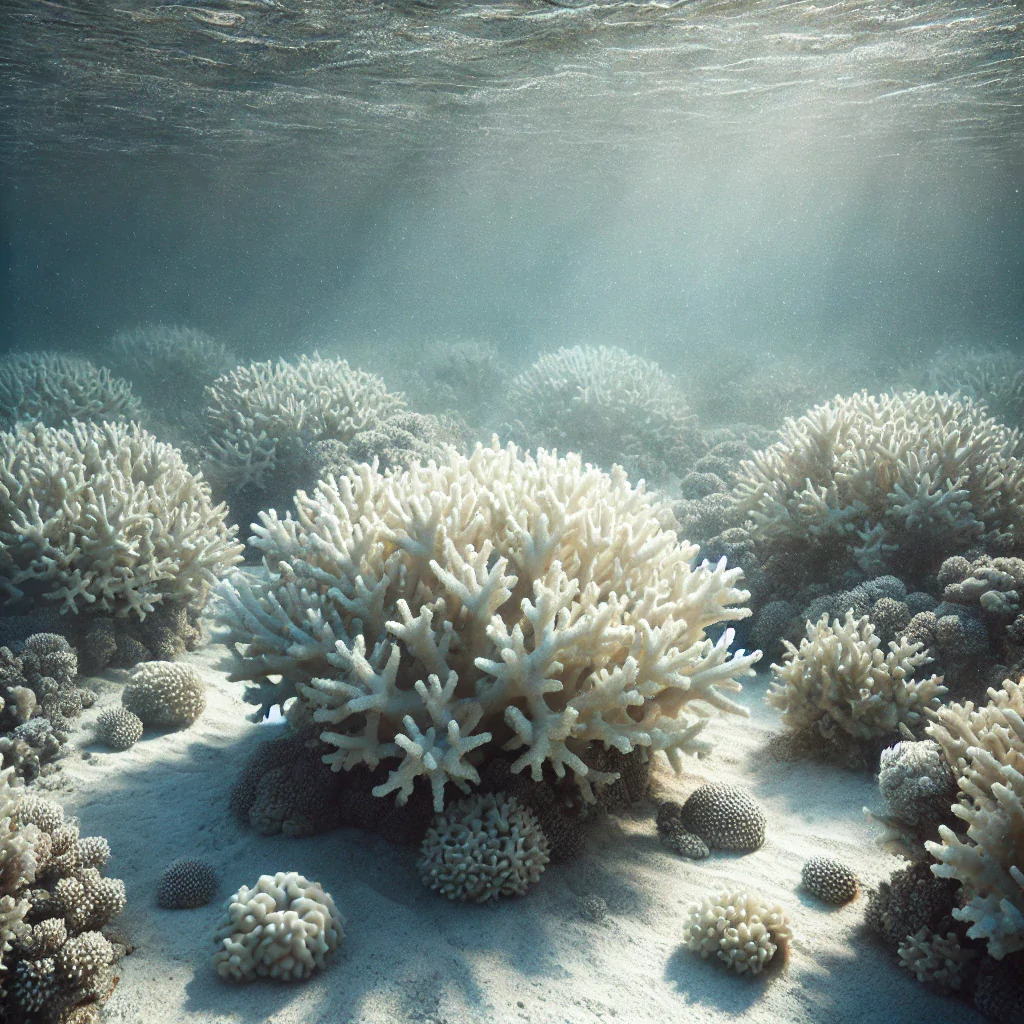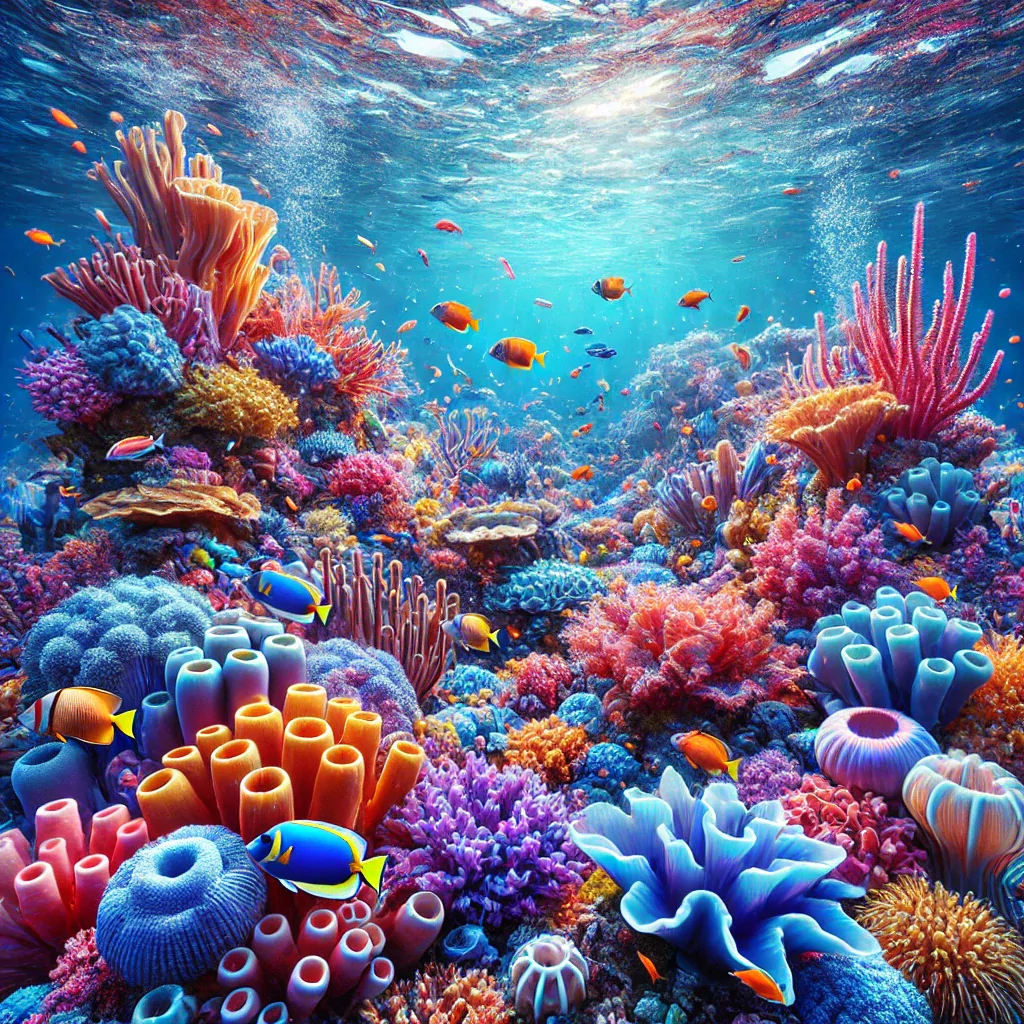Coral Bleaching - Lakshadweep
Corals get their color from symbiotic algae called zooxanthellae , which provide them with nutrients. When ocean temperatures rise or conditions become unfavorable, corals expel these algae, leading to coral bleaching —turning them white. Bleaching does not mean immediate death, but prolonged stress can kill corals.
Lakshadweep’s Coral Bleaching Crisis
-
The Ministry of Environment, Forests, and Climate Change (MoEFCC) informed
Parliament that:
- Kadmat, Kavaratti, and Kilthan islands in Lakshadweep have seen around 98% coral bleaching .
- This is part of the Fourth Global Coral Bleaching Event (GCBE4) , which began in 2023 .
- The event is unfortunate as corals were recovering well from the previous mass bleaching event of 2010 .

Past Coral Bleaching and Recovery in Lakshadweep
-
A 2021 study on Lakshadweep corals noted that:
- Kadmat, Bitra, Kilthan, and Bangaram Atoll showed significant coral recovery over the last 5 years.
- The Kadmat reef has the highest live coral cover (64.5%) among Lakshadweep’s 10 inhabited islands.
Causes of Coral Bleaching
- Global Warming Effects:
- Rising sea surface temperatures (SSTs) disrupt the coral-algae symbiosis.
- Increased ocean acidity due to excess CO₂ absorption weakens coral structures.
- Anthropogenic Factors:
- Pollution, destructive fishing, and habitat destruction worsen the problem.
Global Perspective on Coral Bleaching
- The International Coral Reef Initiative (ICRI) —a coalition of 100 countries —calls for urgent global action .
-
CBD COP16 (Convention on Biological Diversity - 16th Conference of Parties)
highlighted:
- Frequent mass bleaching events pose a serious threat to coral ecosystems.
- Risk of irreversible coral reef loss is increasing.
Data from the Global Coral Reef Monitoring Network (GCRMN)
- The 1998 coral bleaching event killed 8% of the world's corals .
-
GCRMN’s 2021 report on the status of corals confirmed that:
- Mass bleaching events are the biggest threat to coral survival.
- New coral status report is expected in 2026 , with ongoing data collection.
Can Bleached Corals Recover?
- Bleached corals are not dead —they can recover if left undisturbed for 6-7 years .
- However, repeated bleaching events reduce their resilience and survival chances.
Importance of Corals for Ecology & Economy
- Biodiversity hotspots: Corals support 25% of marine species despite covering only 1% of the ocean floor .
- Coastal Protection: Reefs act as natural barriers , protecting shorelines from storm surges and erosion .
-
Livelihoods & Economy:
- Support fisheries and tourism , providing billions in revenue.
- Loss of corals impacts local communities reliant on marine resources.
Way forward - Global & National Actions Required
- Reducing greenhouse gas emissions to control ocean warming.
- Strengthening marine protected areas (MPAs) to safeguard coral ecosystems.
- Sustainable coastal development to minimize pollution.
- Coral restoration projects through artificial reefs and coral transplantation.
- Increasing international cooperation via platforms like ICRI & CBD COP16 .













